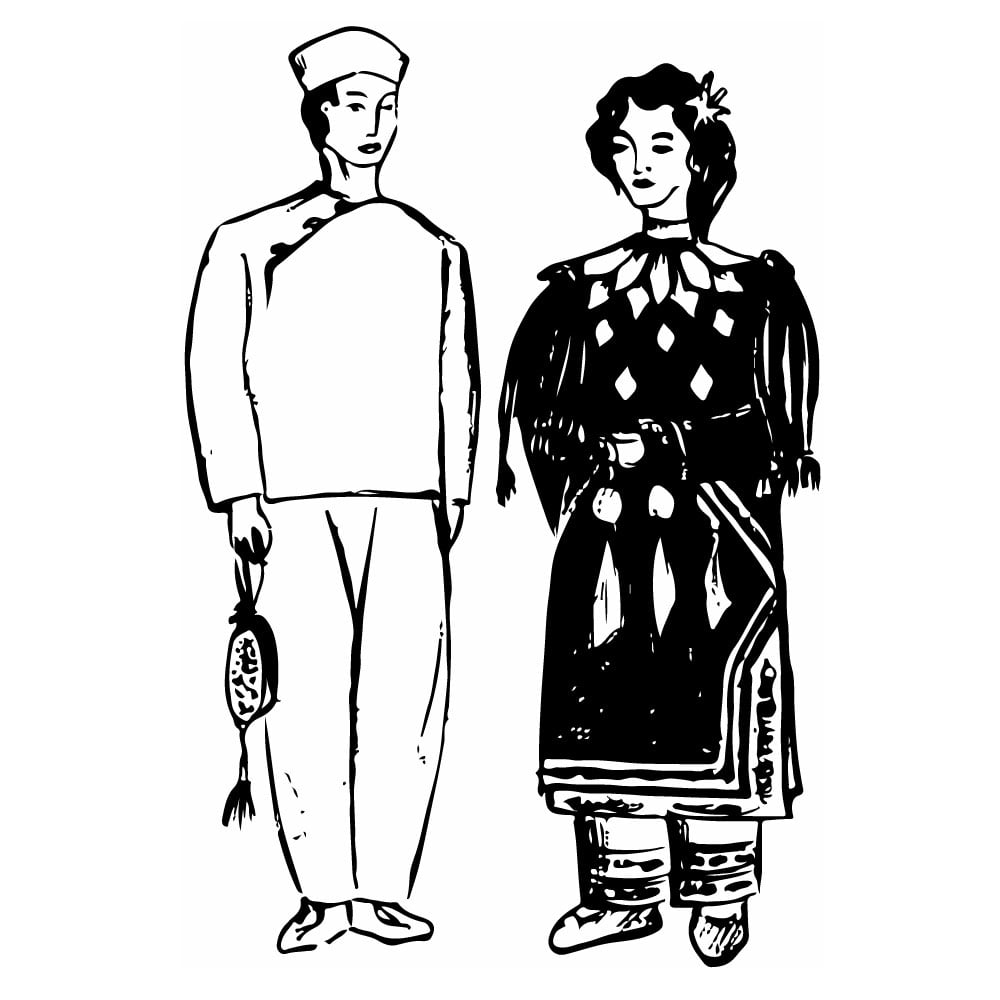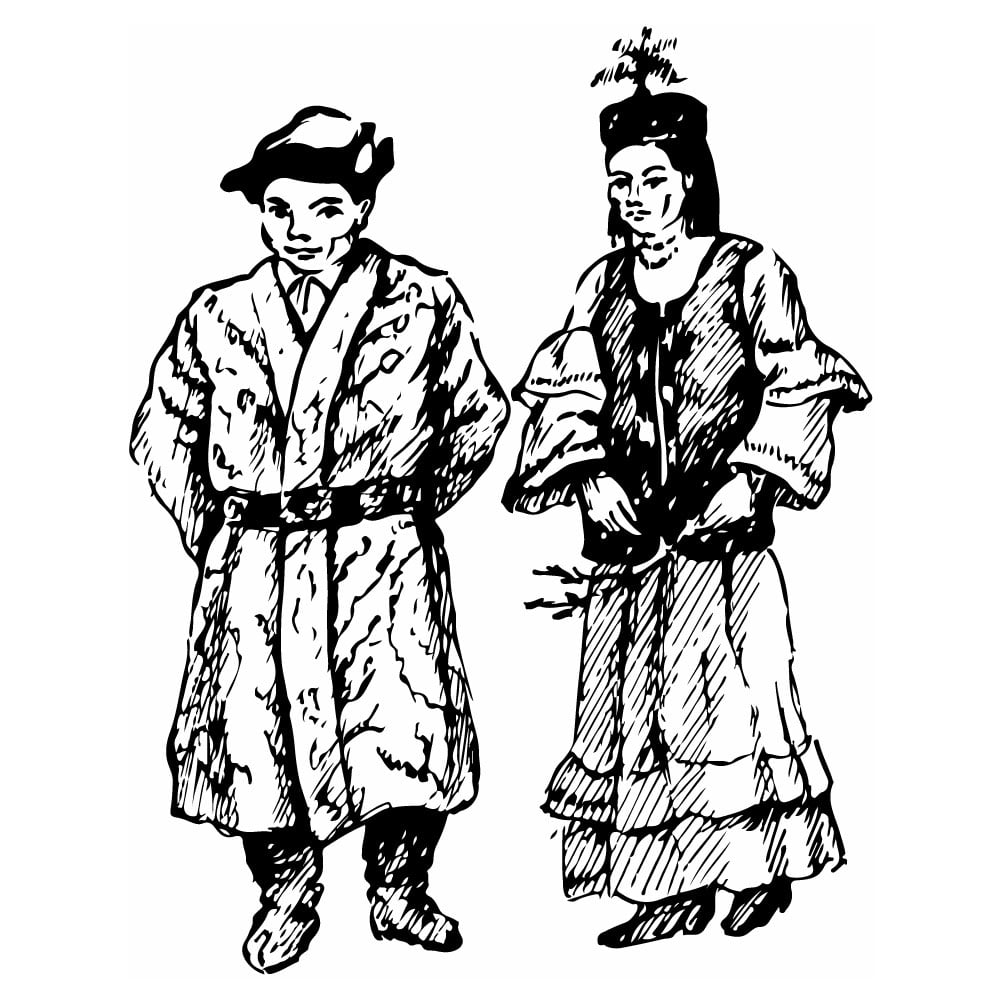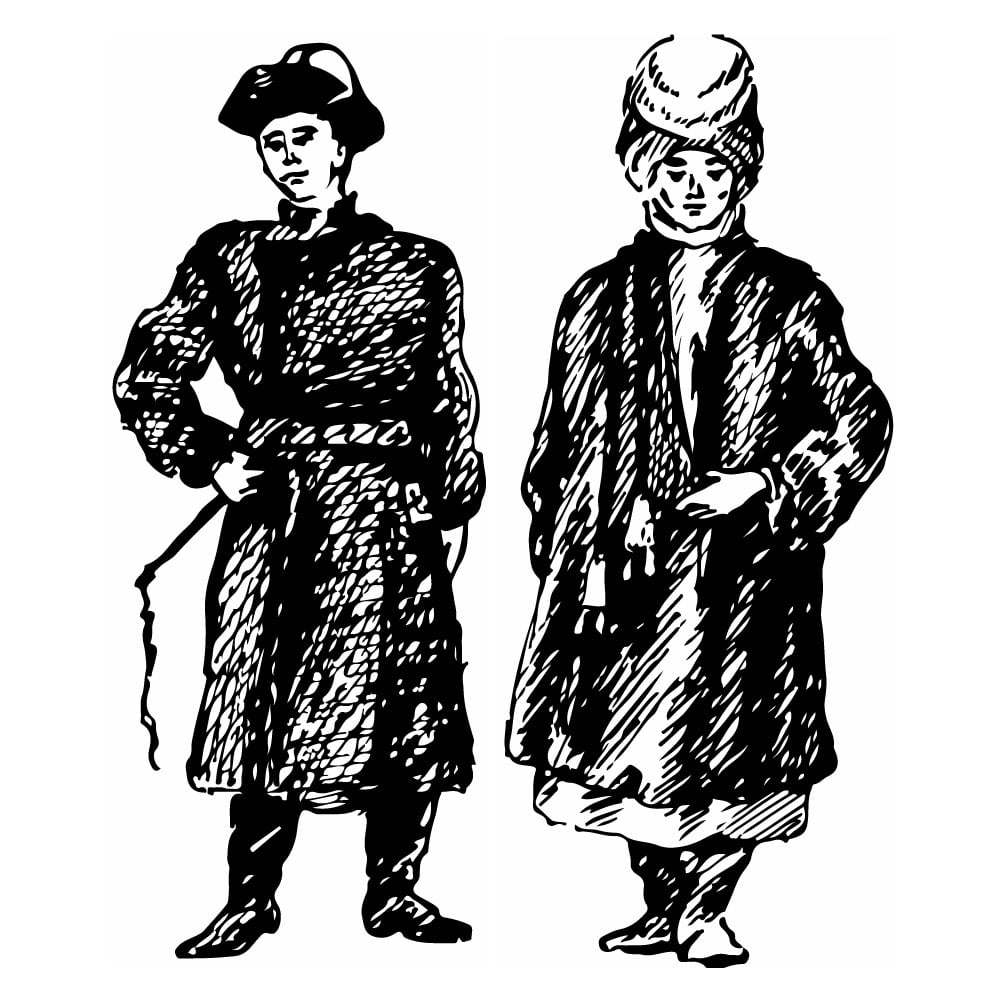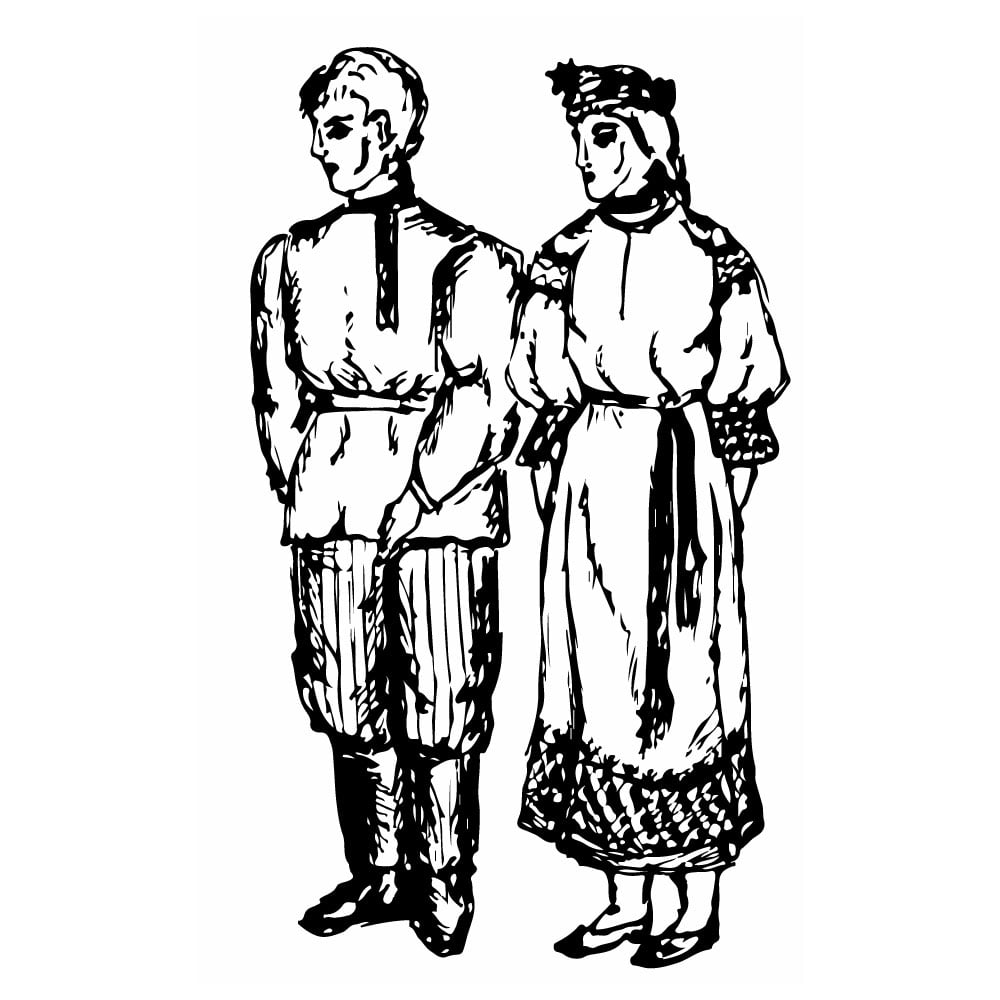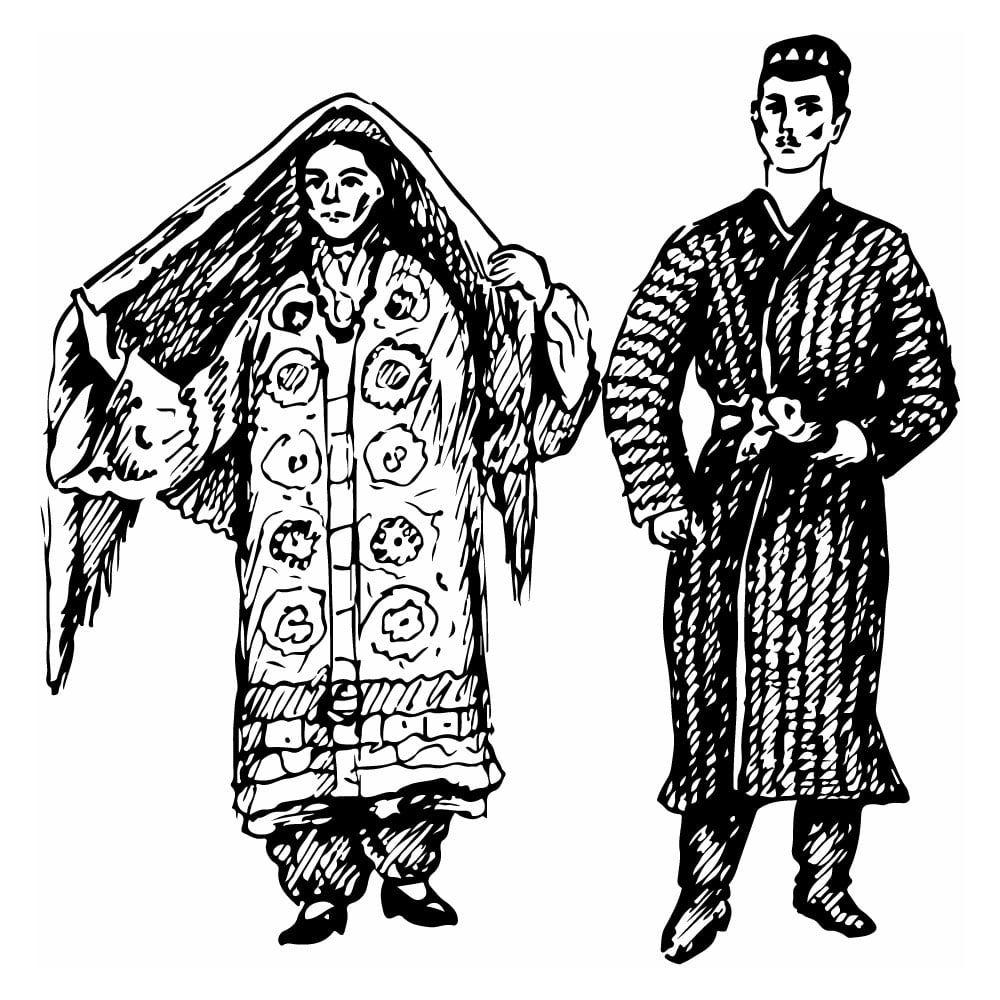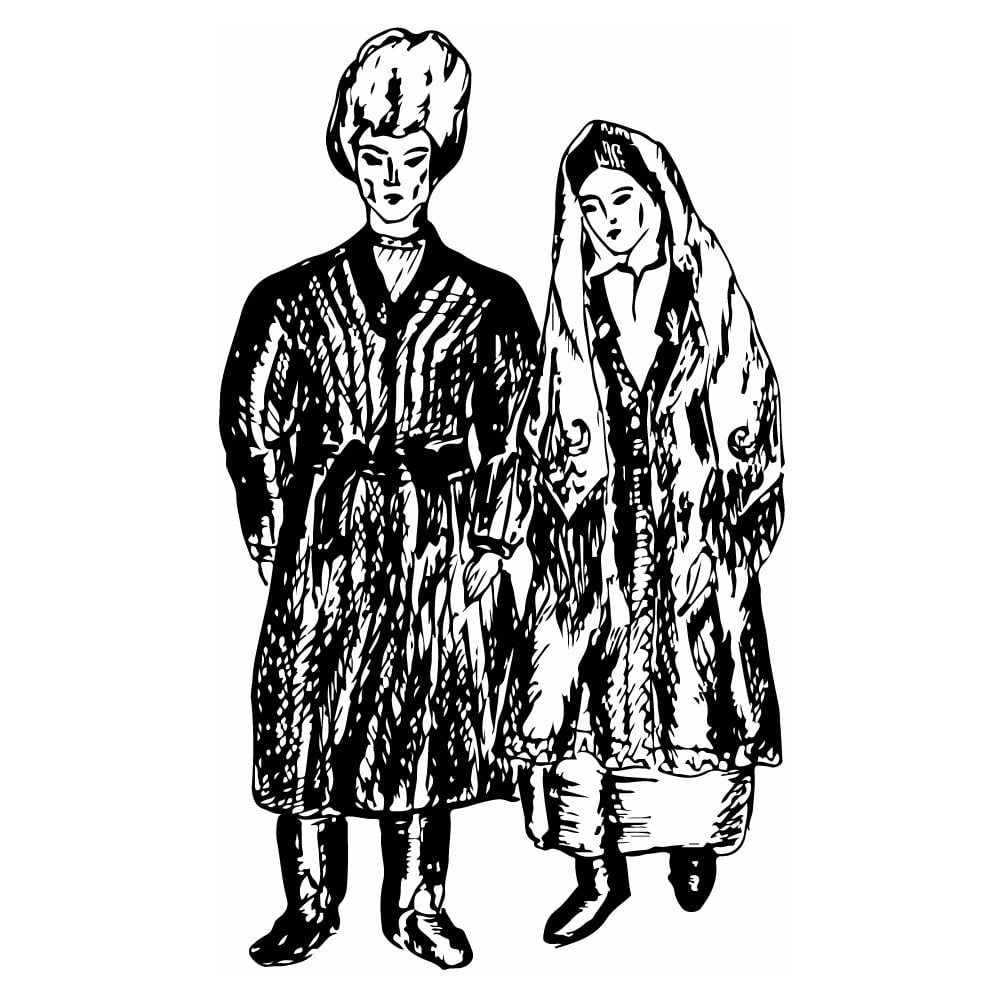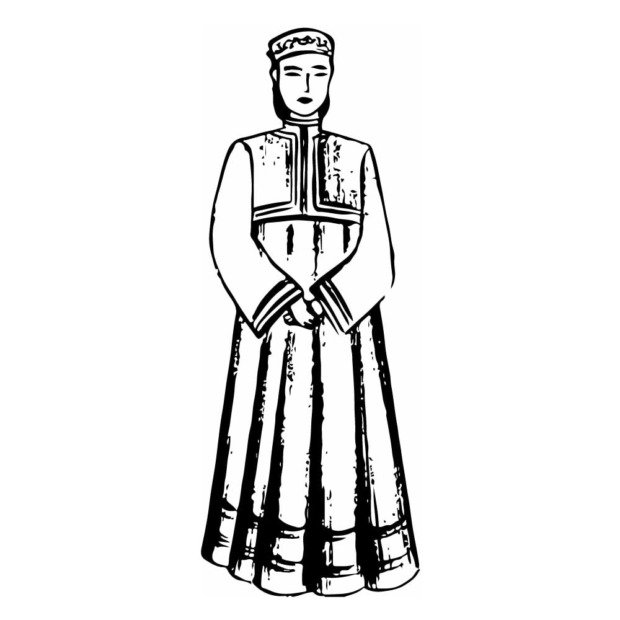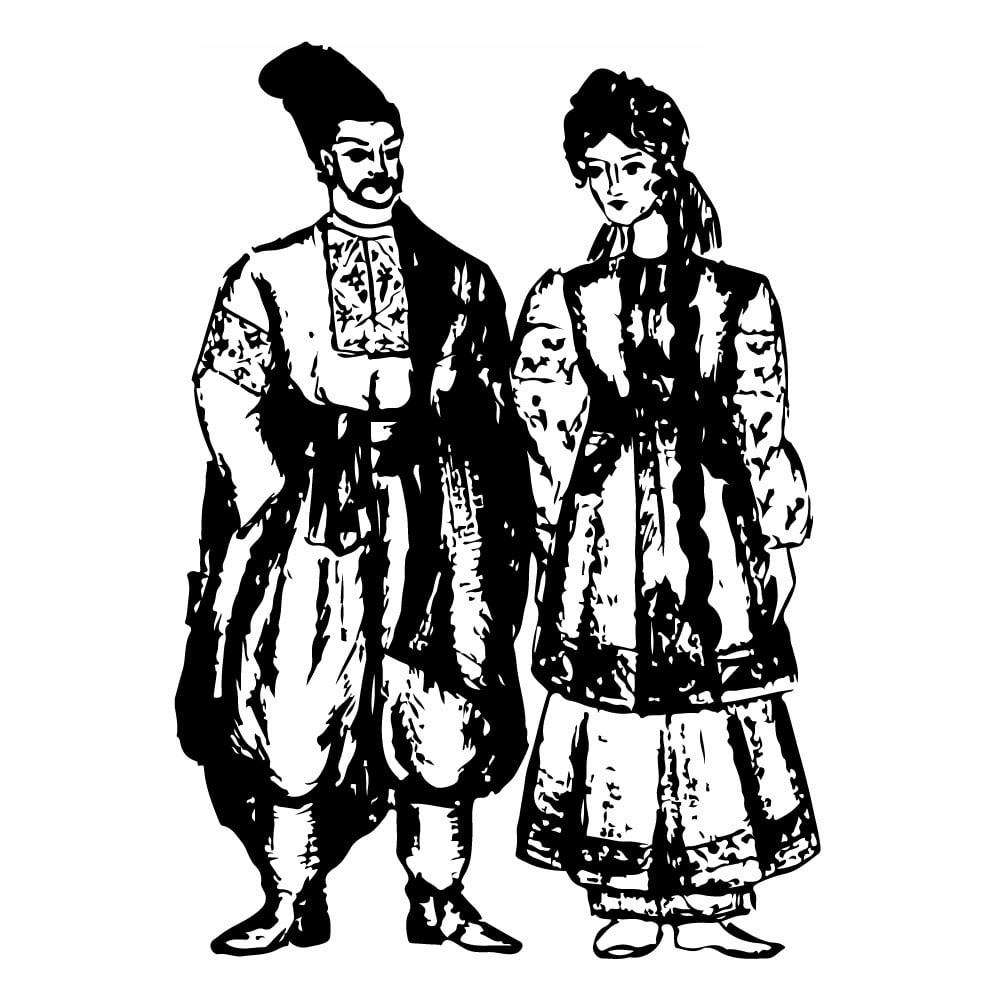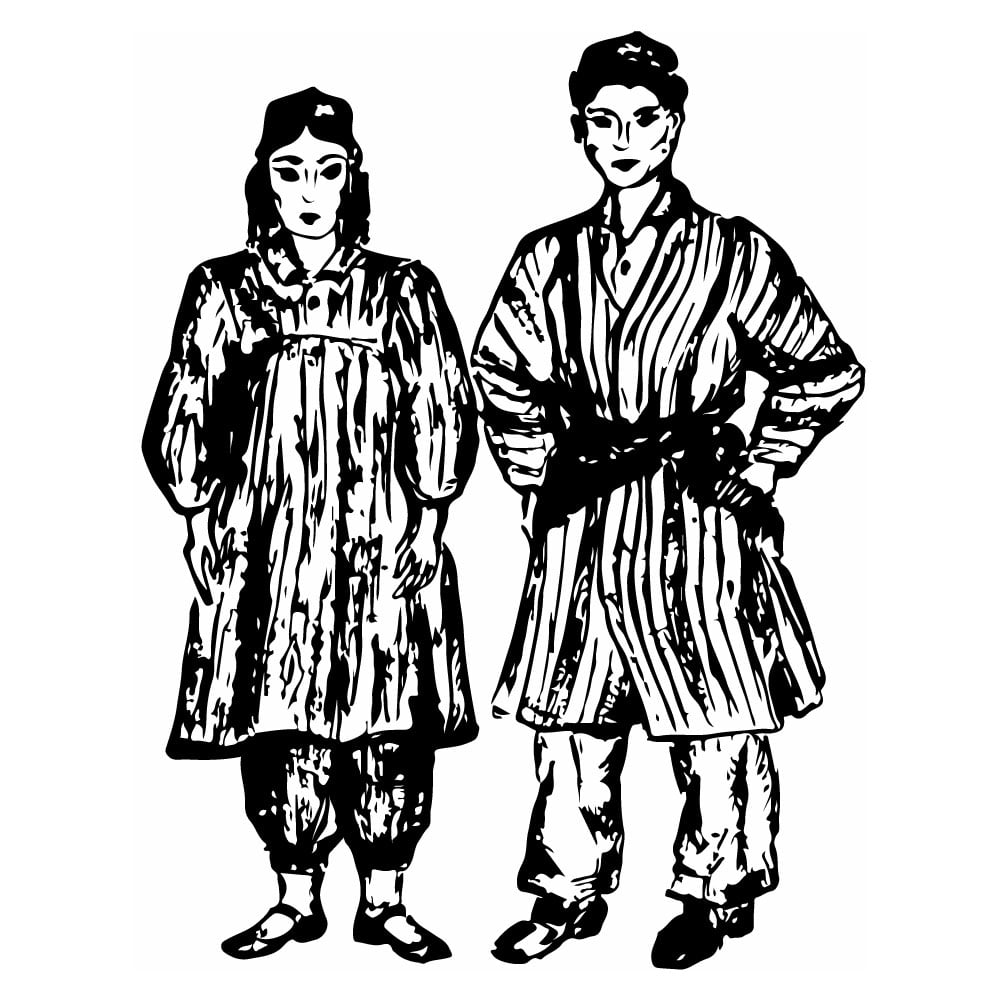Koreans
| Population | 450,000 |
| Language group | Mongolian |
| Language | Korean |
| Region | Central Asian Republics |
| Religion | Buddhism/Confucianism |
*Population estimates for 1994
The Koreans (or Choson Saram as they call themselves) are the main population of Korea which had been formed by the beginning of the twentieth century. In the CIS the Koreans live in Uzbekistan, Kazakhstan, Kyrgyzstan and Tajikistan.
Anthropologically the Koreans belong to the East Asian branch of the Mongolian race. It is likely that ethnic groups of various descents (mainly the groups speaking the pro-Altaic languages) had influenced the formation of the Korean nation.
The present Korean culture is characterized by the combination of national ancient and modern elements. Traditional features are best preserved in national holidays, houses and national Korean cuisine. The works of national artists, such as ceramics, varnish works with mother-of-pearl inlaid, and straw plaiting are widely known.
In ancient times, religious beliefs were limited to animistic cults and Shamanism. Buddhism penetrated into Korea in the fourth-sixth centuries. During later medieval times Confucianism played an important role. Christianity penetrated to Korea in the nineteenth century, but its influence is weak.
This is Ad 1





